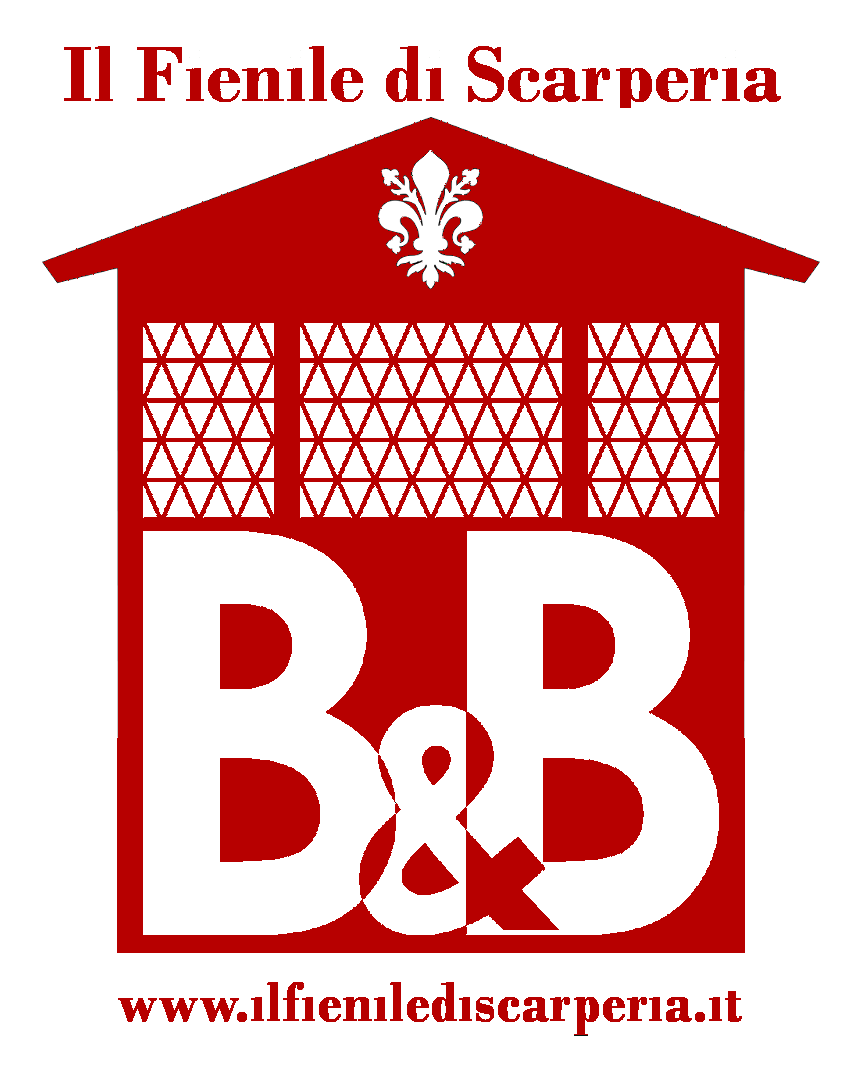The History of Scarperia & San Barnaba
In 1299, the Council of Florence decided to build some outposts in the countryside surrounding the city in order to be able to control its territory better. In 1306, the Florentine rulers defeated the powerful Ubaldini family who had controlled the Mugello area for over a hundred years and on the 7th September of that year they built a Castel San Barnaba, which was later called Scarperia.
In 1351, Scarperia resisted against the troops of the Visconti of Milan, led by Giovanni Oleggio, for 55 days. After which, the village of Scarperia continued to grow, benefitting from its excellent position on the trade route between Florence and Bologna with many merchants and tradesmen stopping off to refresh themselves at the local inns and hotels.
In 1415, the castle was enlarged to become the seat of the Vicar, who was Florence’s administrative and judicial representative for the area, which alongside Scarperia, included the villages of Barberino di Mugello, Borgo San Lorenzo, Campi, Carmignano, Dicomano, San Godenzo, Sesto, Fiesole and Vicchio. Each Vicar had their coat of arms placed on the castle, either as an engraving or as a painting.
In 1752, a new road to the north-west was built between Florence and Bologna which bypassed Scarperia and went over the Futa pass which meant trade in the area declined dramatically. However, by specialising in the production of quality knives, Scarperia succeeded in regaining business. The tradition of knife making in Scarperia goes back a long way. In fact the first documented proof dates back to 9th November 1479. In his will, Romolo Bucci, a Florentine banker, left his heirs amongst other things, ’29 women’s knives from Scarperia without handles … 3 pairs of small knives with golden handles from Scarperia … 4 knives from Scarperia…’.
Since 1993, Scarperia has been twinned with Laguiola in France, also famous for its knife production.
Scarperia has grown over the years from 978 residents in 1551 to 1576 residents in 1840. Today, after it joined with the village of San Piero, it boosts a population of 12,000.
Today, Scarperia is still a stop-over point for travellers en route from the north of Italy to the south and vice versa. As well as being one of Italy’s most beautiful villages, it is surrounded by lots of other places of cultural interest.
Places of interest:
Castello del Trebbio (Scarperia and San Piero)
The Medici fortress of San Martino (Scarperia e San Piero)
Bosco ai Frati Convent (Scarperia e San Piero)
Palazzo dei Vicari (Scarperia e San Piero)
San Lorenzo Church (Borgo San Lorenzo)
Casa d’Erci Museum(Borgo San Lorenzo)
The old Margheri water mill (Borgo San Lorenzo – Località Madonna dei Tre Fiumi)
Villa Demidoff (Pratolino)
Villa Pecori Giraldi and the Museum della Manifattura Chini. (Borgo San Lorenzo)
Villa di Cafaggiolo (Barberino del Mugello)
Il castello di Villanova (Barberino del Mugello – Località Le Maschere)
Museo della Pietra Serena (Firenzuola)
Cimitero Germanico del Passo della Futa (Firenzuola)
Palazzo dei Capitani (Palazzuolo sul Senio)
Casa di Giotto (Vicchio)
Scuola di Barbiana – Don Lorenzo Milani (Vicchio Località Barbiana)
La Marzocco espresso machine factory (Scarperia)
Famous people born in Mugello include:
Giotto, (painter, 1276)
Benvenuto Cellini, (sculptor, 1500)
Giovanni Della Casa, (Archbishop, writer, 1503)
The Medici Family, (Cosimo I de’ Medici, 1519)
Beato Angelico, (painter 1395)
Dino Campana (poet, 1885)
Don Lorenzo Milani (writer, 1923)
In Mugello … Bed & Breakfast Il Fienile di Scarperia
